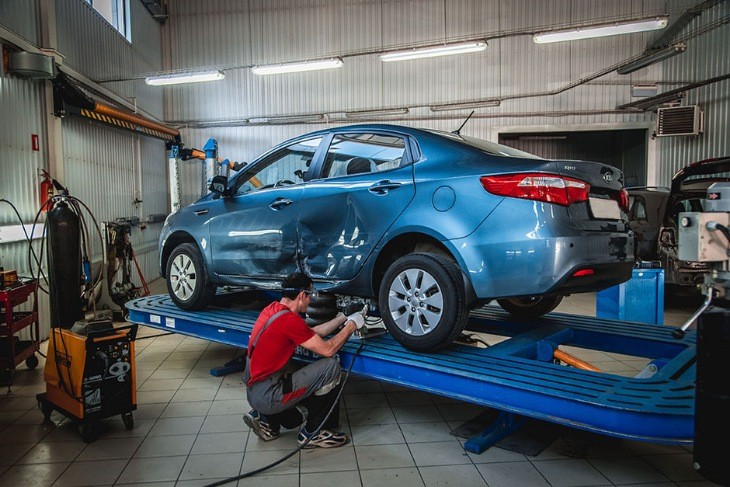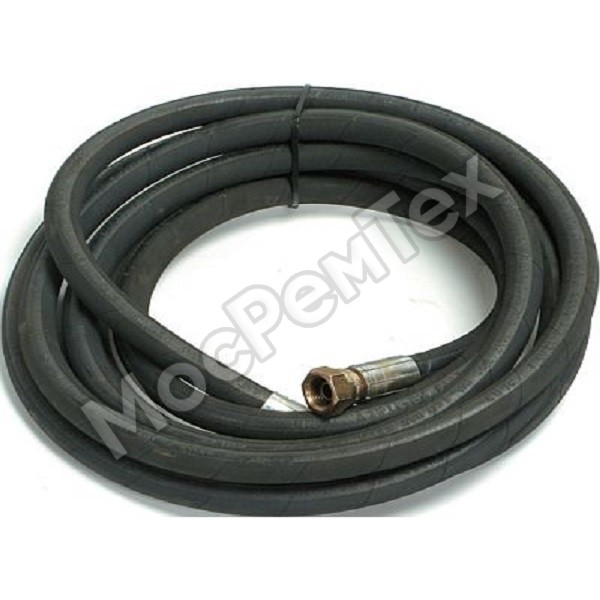
How to choose the right body shop
Content
Even the most careful drivers can get into an accident, especially if you drive every day. But hopefully, after the accident, the damage isn't all that great and your insurance company doesn't consider your car to be completely lost. If the car is not dismantled, repairs are usually possible, but body work can be quite expensive. This is why it is important to have insurance as it will help cover the costs. Choosing the right place to get the job done can be another challenge, but by following these steps, the whole process should go much more smoothly.
Part 1 of 3. Compare Multiple Repair Shops
This part of the process may vary slightly depending on the cause of the damage. But, regardless of the damage, you should be getting information from multiple stores, unless you go somewhere you absolutely trust.
Step 1: Find out if the damage is covered by the other party's insurance. If another driver has caused damage and has insurance to pay for it, expect their insurance to spend as little as possible.
Even small dents in a bumper can damage the absorbent material underneath, making it weaker for future crashes. That's why it's important to check everything under the bumper cover, and not just replace the damaged area.
In many states, the insurance company must agree with your choice if you're not happy with what they've decided to do, so be sure to use that to your advantage to get the job done right.
Step 2: Find out if accident insurance covers you.. You should follow similar guidelines if you are paying for repairs.
If the other party does not have insurance or the accident was your fault, you must rely on your insurance company to take care of any damaged vehicles. Not only do you want to find a good price, but you want to make sure the repair is done right.
Step 3: Compare Prices. If two different places tell you different things, take it to a third store to check the damage again and see what they say.
That way, if two out of three places recommend the same repair, you'll have more confidence in your decision on where to repair the damage.
Part 2 of 3. Know your vehicle and your chosen repair shops.
If you have several repair shops that interest you, it's time to choose a repair shop to which you will take your damaged vehicle. Other considerations include the repair shop's distance from your home or office, how much a repair typically costs compared to what the repair shop asks for, and the amount of time each repair shop expects to fix your vehicle.
Step 1. Find a car service near you. Using Google Maps or another mapping program, check which repair shops are closest to your location.
If you don't have Internet access, use your local Yellow Pages to find a list of stores. You can also call the repair shops you are interested in to determine their location. You should also ask your friends, family and colleagues if they have any repair shops that they recommend.
Keep in mind that almost every workshop has a Yelp or Google page where you can view comments and reviews about a particular workshop. Use these resources to help you decide where to get your car repaired.
It might be better to spend a little more money on a higher rated store so you know the job is done right.
Step 2: Find out roughly how much it should cost. Also study your car a little.
Most likely, someone else with the same car had the same damage as you and wrote about it somewhere. Their experience can help you determine what repairs need to be done and whether your estimates compare to what they paid.
Part 3 of 3: Find out what materials are used for repairs
Apart from the total cost, you should also find out what parts and materials are used for the repair. Most repair shops should repair your vehicle to the point where any damage from the accident is not obvious.
Step 1: Check the paint you are using. You want to make sure the store uses high quality paint that will stand the test of time.
Most shops should use a good quality brand, but it's good to know what exactly is used in your vehicle. Generally, you'll want to use any blending options that will help match the newly painted parts with the rest of the old paint.
Step 2: Check the spare parts. For any body replacement parts, OEM is usually the best option, but there may be less expensive alternatives.
It is possible to remove bumpers from broken vehicles if they are in good condition, but this is subject to availability.
In order to find the right body shop to fix your car damage, you need to spend some time researching the repair shops in your area, find out how much they are willing to charge for repairs and how much repairs usually cost. Using this information, you will be able to make an informed decision about which auto repair shop is best for you. If you need advice on how to repair your vehicle's body, see a mechanic for quick and helpful advice to help determine your options.
